To Another 450 Million Years
Author: Alexis Weaver
Nature can be such a delightful curiosity, and the role we play as humans is ever more intriguing after spending the weekend with some of the world’s oldest living arthropods.
Waiting to put our kayaks on the shores of the Murderkill River, conservationists and nature enthusiasts alike gathered to greet one another and ask why we were all there. Some came as a guest and had an interest in shorebird migration, others were longtime biologists and had a unique love for all things wild.
During our first morning, we glided down the Murderkill excitedly chatting about what we were about to see later that night. Having only seen a horseshoe crab once before myself, I couldn’t possibly imagine hordes of stony plates and spindly legs bunched up together in one large copulating mess.
Suddenly, someone ahead in our group called out on the radio: “Bald eagle nest and juvenile on your left, 10 o’clock.” We all stop paddling and watched and listened.
This occurred repeatedly in the eight-mile run before we landed on a bay-front beach for lunch. We walked the shoreline and examined remnants of failed spawning attempts. Some males were overturned, scoured by the sun as they clearly missed their opportunity at reproductive success.
A large female, about the size of a basketball, was lying off by herself. If you didn’t know what you were looking at, I imagine the sight of these creatures would be quite alarming. I squatted, half examining, half poking this “crab” in a childlike manner. How did they manage to live for 450 million years?
We examined the shoreline for a while as the tide began to reveal other hidden creatures. A whelk casing, sea slug, and a large sand flea all piqued people’s attention. We laugh about how that last crustacean looks like a “potato bug” and begin playfully correcting one another based on what we’d called them as children. “I always knew it as a roly poly,” said one person, while another added, “we called them pill bugs.”
Once the tide started to rise, we jumped back into our kayaks and paddled toward the mouth-watering promise of Delaware Bay oysters and fish tacos back at the house.
The weather was beautiful that evening, and everyone was buzzing with excitement for the sun to go down.
It then occurred to me that this trip was more than just a fun venture out on the water. It was truly about the celebration of life.
Everything from the threatened red knot to the cownose ray depend on the intricate food web the horseshoe crabs deliver to this singular place each year. I have so much gratitude for witnessing this special event, and even more so with people who love wildlife as much as I do.
Cheers to another 450 million years!

